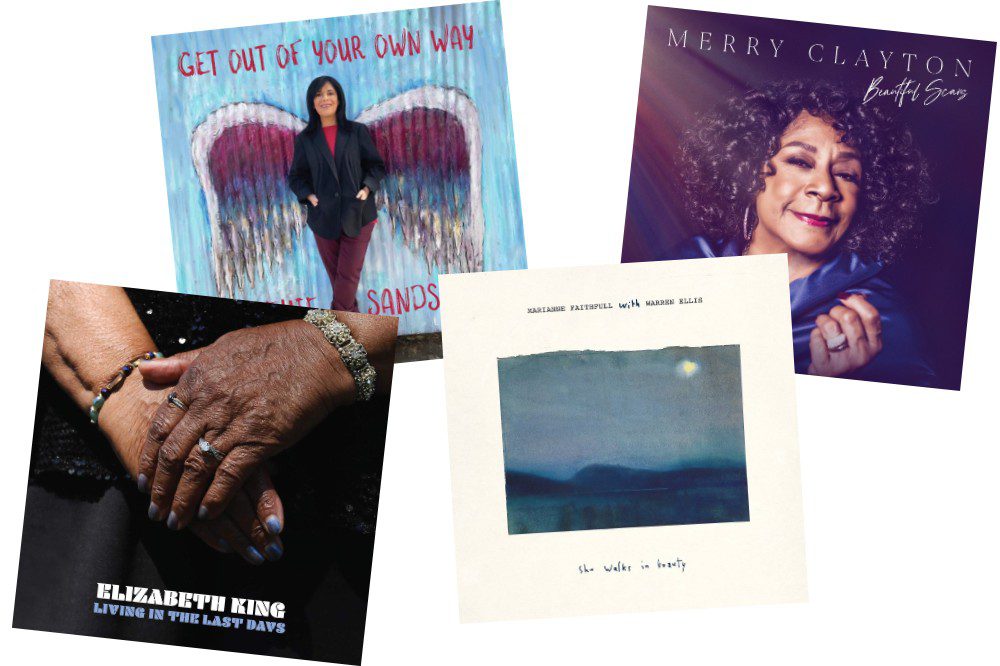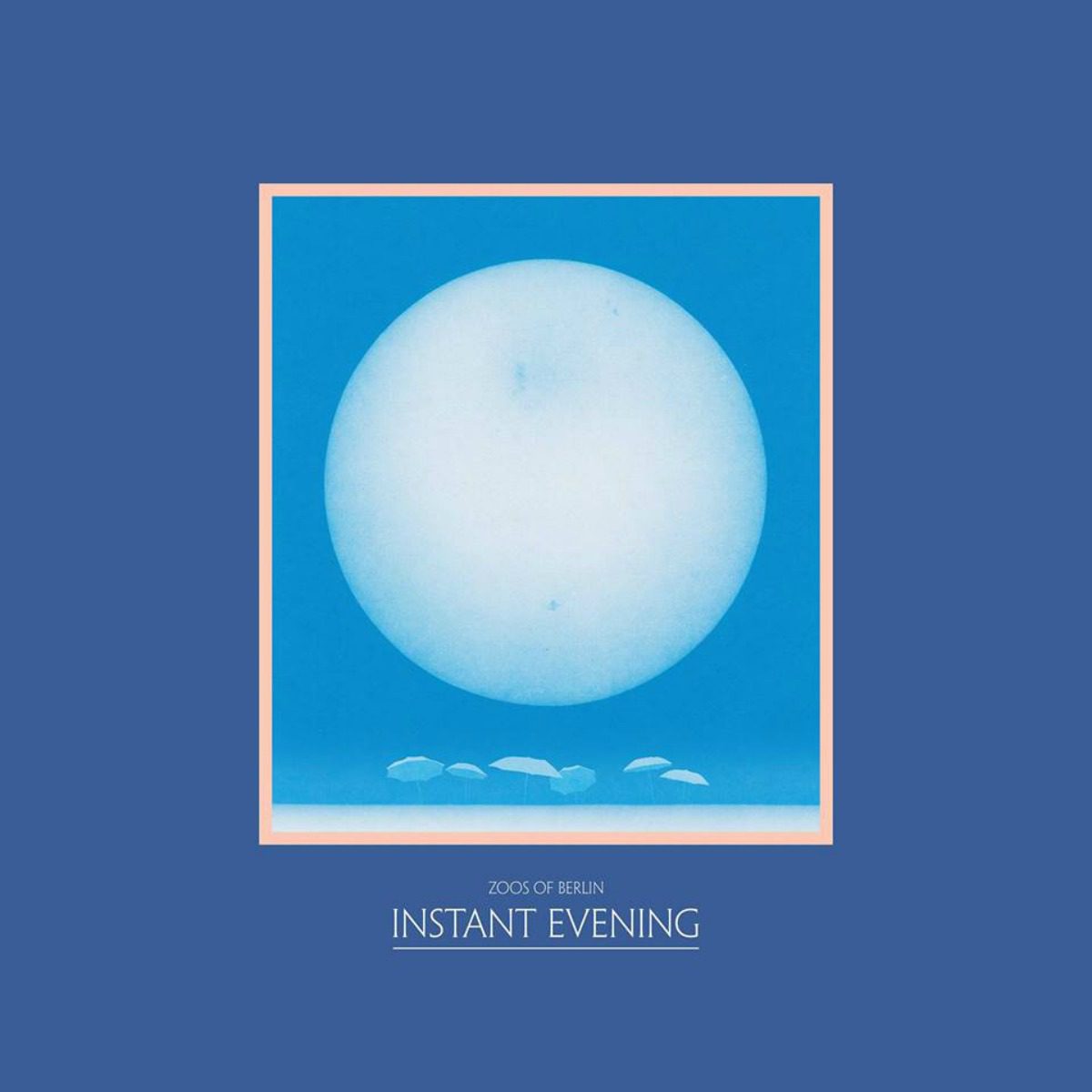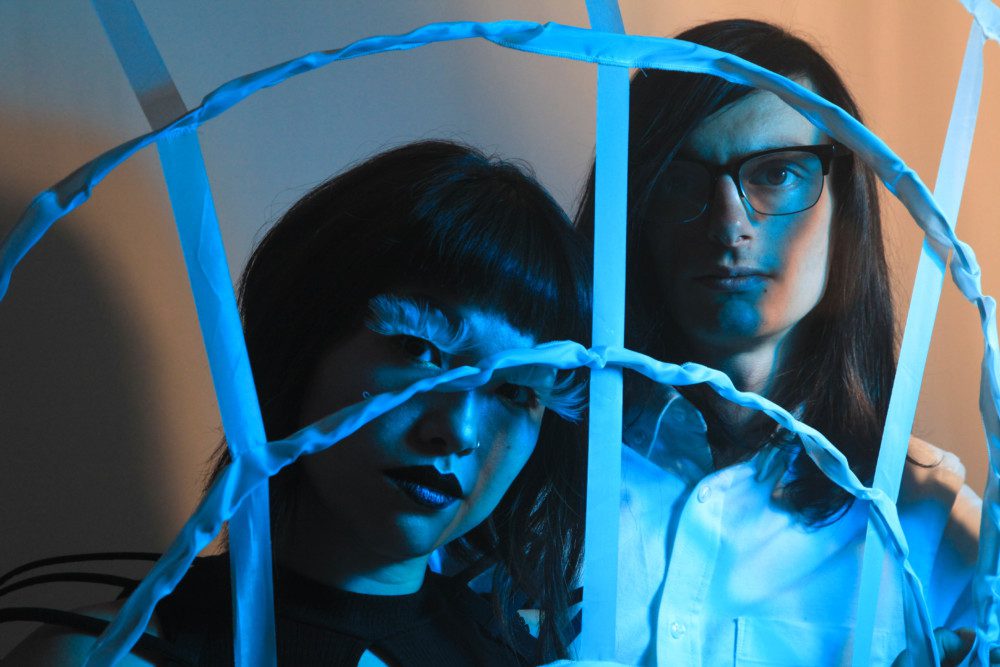DJing Means Rolling with Whatever the Night Brings, Even Tech Failures
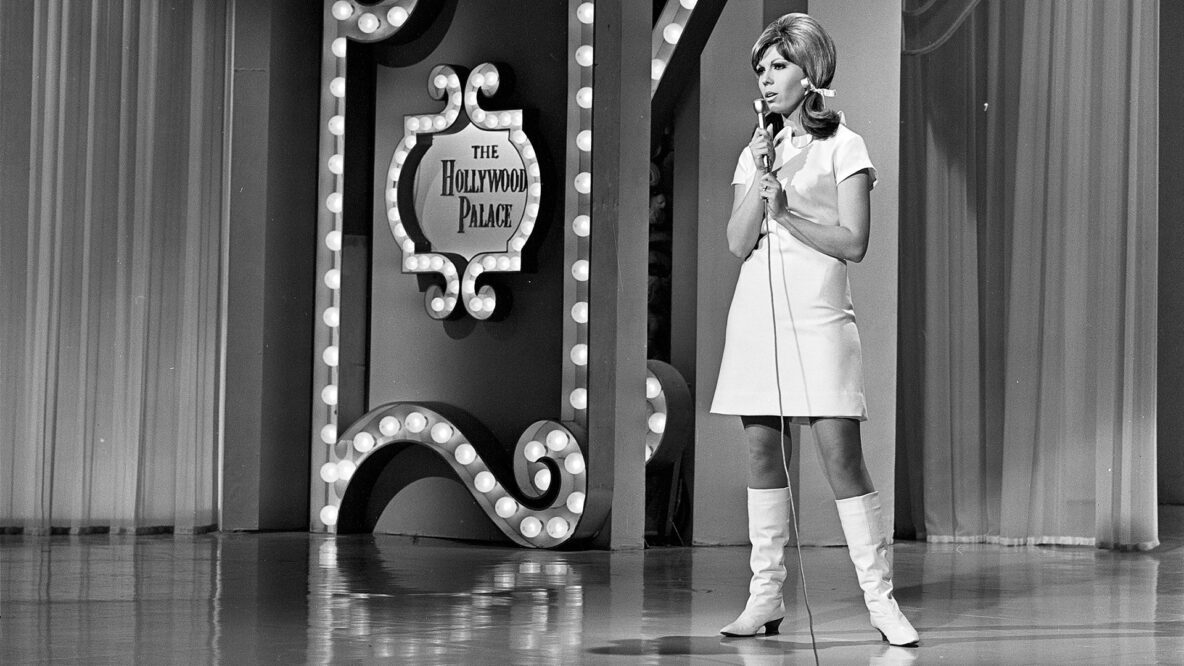
In Audiofemme’s monthly column, The Beat Goes On, DJ Liz O. takes readers inside the booths of the dance clubs, bars and assorted L.A. events where she has been DJing for over 20 years.
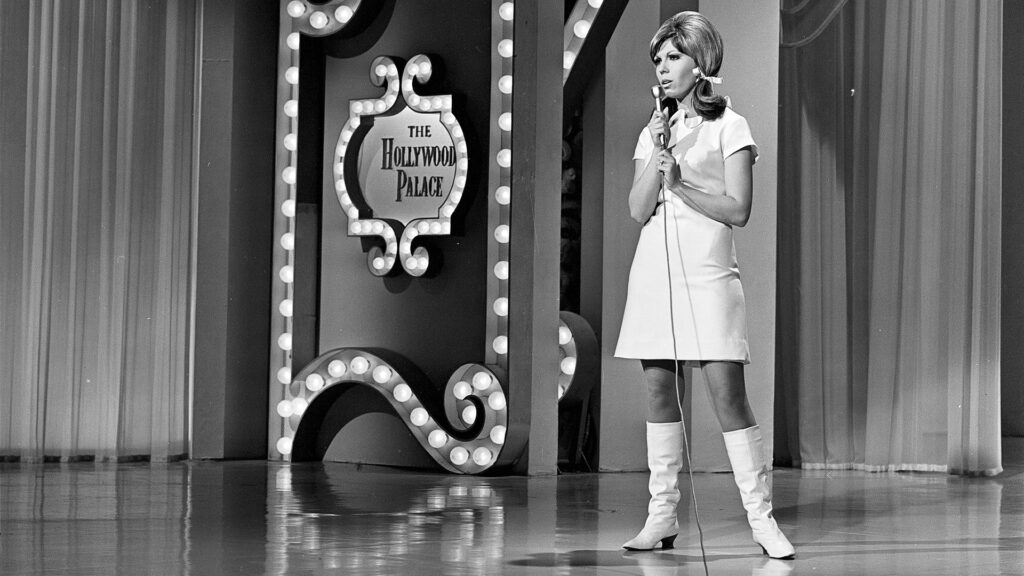
It’s after 1 a.m. on what is now, technically, Saturday morning, but the Friday night vibes are still swelling inside the club. We’re less than ten seconds into “These Boots Are Made for Walking.” The crowd has just caught the groove of the song’s iconic bassline. They are almost ready to lip-sync alongside Nancy Sinatra; in fact, I can see a face or two preparing to do just that. If the scene transpires as it normally does, at least a few people will begin to shimmy when the tambourine kicks in about a fraction of a second from now.
But, right at the moment when all the anticipation built by the bass is set to release into a flurry of groovy moves, Rekordbox crashes. The music stops and so does the dancing. Now all eyes are on the very confused DJ in front of the dance floor. That DJ, dear reader, is me.
People have a lot of opinions about what makes a good DJ. Some say that it’s all about mixing skills. Others will argue that song selection is most important. Most will add that it has something to do with reading the room, even though they aren’t exactly sure what that means. While those are all excellent skills to have at your disposal, what truly makes a DJ good is an ability to roll with whatever the night may bring.
There will be times, probably a lot of them, when you botch a mix or drop a track that clears the floor. There will be nights when you’re exhausted or sore or otherwise feeling like crap. And there will be many times when the gear fails you. But, as Sonny and Cher once sang, the beat goes on. Or, at least it will once you can get the music playing again.
Okay, maybe all eyes aren’t on me when the music stops. Maybe it’s just one or two people glancing in my direction, while everyone else goes back to ordering drinks or talking about whatever it is that people gab about between midnight and last call. But, in that split second when I realize that I’m listening to chatter and not a 1960s dance jam, I fear that I just killed the party.
The thing about DJing is that it’s never just about the music. There are a lot of components involved in getting that music out through the speakers and each one of them is a potential point of failure. A significant part of your job, particularly in the bars and small clubs where the DJ is also, by default, the sound tech, is making sure that all of the components function properly.
Along your DJ journey, you’ll pick up a few tricks to help get you through any situation. If you play vinyl, at some point, you’ll learn how to turn a cocktail napkin into a slipmat when there are none in the booth or tape a penny to the shell of a needle cartridge to add more weight to a wonky tone arm. You’ll build up a kit of everything that you’ve ever noticed was missing at the venue: extra slipmats and needles, dust rags, flashlights, extra cables. Digital technology only slightly lightens that load. I still often walk into gigs with an assortment of cables, because you never know if the person who told you to bring an RCA meant for you to bring an RCA to XLR.
As a DJ, you learn to be prepared for anything. But, at the same time, you learn that, despite all this preparation, some new malfunction will hit when you’re least expecting it, like when the dance floor is at its peak and you’ve just dropped what is ordinarily one of the proven club hits. You’ll be embarrassed, mortified even, but, if experience has taught you anything, it’s that you have to let go of that feeling immediately. Clear your head, tell yourself that you are not DJ Vibe Killer— not tonight, anyway— and bring back the beat.
The dead air lasts for either a minute or an eternity—I’m not exactly keeping track of time—before Rekordbox relaunches and I drop “Boots” back into the queue as quickly as possible. The crowd fills the floor again for Nancy Sinatra and stays there for 1977 Plastic Bertrand number “Ça Plane Pour Moi.” A few songs later, I drop Wet Leg’s hit “Chaise Longue” and see my friend, who must have just finished her shift working door, run out to dance. After the Pixies, Arctic Monkeys, Gorillaz and M.I.A., I wind things down with “Bad Cover Version” and someone approaches the booth, gushing about how it’s one of the best Pulp songs. I agree.
During the closer, a remix of Jeanette’s classic “Por Que Te Vas,” one person starts singing along right in front of the booth and two others come up and ask who did the remix. The night ends on a high, as if that tech failure never happened.
In the end, it’s not the flaws that people remember. When the night becomes a blur, what will stand out are brief clips of dancing with our friends to favorite songs, of hearing something that we now need to find for our own collections, all of which replay in our mind like Instagram stories. If you can provide enough moments like that, you’ve done your job, whether or not your gear behaves.
Catch Liz O. on June 10 and June 17 at L.A.’s long-running indie night Club Underground, located at Chinatown’s Grand Star Jazz Club and on June 20 at Little Tokyo bar The Mermaid for Mermaider Mayhem. For ongoing updates on gigs, sign up for Liz’s newsletter.

